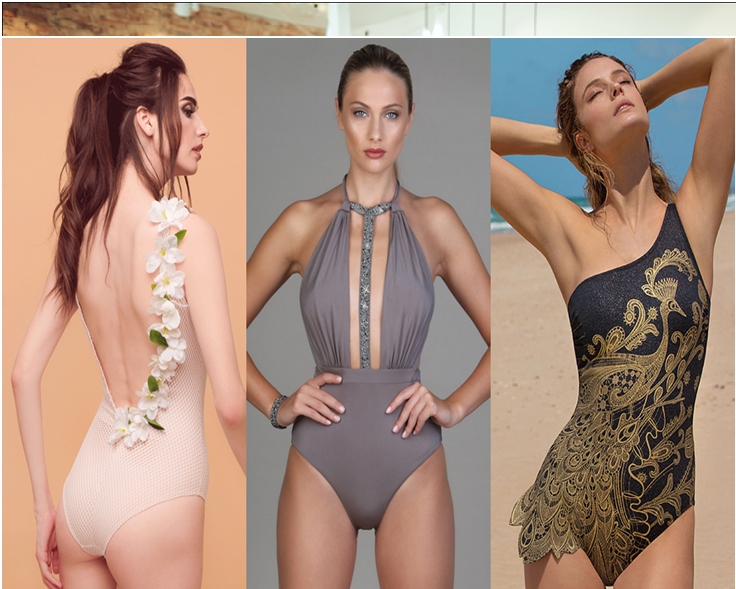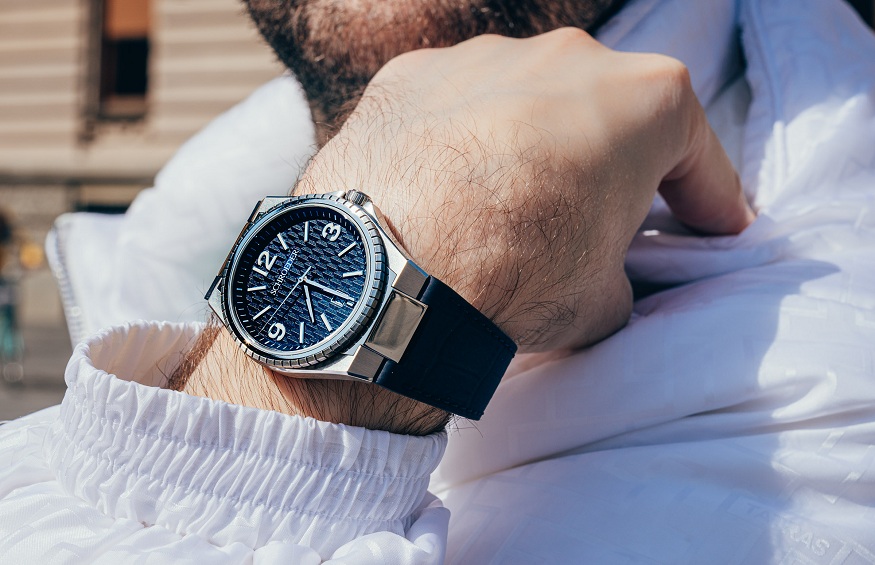
Whether you are looking for a fabric for your swimwear line or next purchase, it’s good to know what the options are. This post will cover the standard materials and their uses & characteristics. We also dig into weights, compositions, textures, and the sustainability of swimwear fabrics. Do note that no structure is better than another, but that the materials have different attributes making them more suitable for different uses. On top of this, of course, the quality of your supplier makes a difference.
Two Major Fabrics Used For Swimwear Material
- Nylon blends. Nylon blends are what you’ll see most in the fashion world of female swimwear. Why? It’s cozy and gentle. It gives you a good stretch, and it hugs your body. A typical blend is about 80% nylon and 20% stretchy bit. Nylon can also get named under other names, including Polyamide (PA), which is the same. Nylon is the name of the group of some standard polyamides.
- Polyester blends. Mostly among competitive swimwear, you will find polyester blends. What’s the reason? It is soft yet very solid and resistant to chlorine and UV. Additionally, polyester blends have the advantage of removing the dye. This ensures that with vibrant and crisp results, you can dye and print it.
Other Things To Consider In Swimwear Materials
Weight: Approximately 180-200 g/m2 of the most trendy swimwear fabrics. A tissue as light as 150 g/m2, it should feel like lingerie or bra and look more like it. Some heavier fabrics at 200-220g/m2 + are more suitable for competition and fall into the category of textured fabrics, and other fabrics-we will later join such materials.
Composition: It will enable you to learn the properties of the’ ingredients’ when it comes to structuring. So-80% Nylon and 20% Lycra will be more stretchy than 85% Nylon, and 15% Lycra-but remember that this only relates to material that comes from the same source/manufacturer; so if you’re going to switch between sources, don’t go by numbers alone. Therefore, getting swatches and feeling the fabric yourself, if possible, is always a good idea.
Sustainability: luxury swimwear online has traditionally used environmentally friendly fabrics. Nevertheless, as consumer awareness and demand have grown-with them, there are fabric choices.
Other Swimwear Fabric Variation
Textured. As the swimwear industry continues to grow and develop, trends are coming with it. It results in the development and processing of waves of new styles of fabrics on swimwear.
Neoprene. Neoprene is a synthetic rubber with high stability, mobility over varying temperatures, and excellent insulation. Isolation is advantageous because it is widely used for scuba diving suits. The fabric is thicker and is distinct from a’ standard’ swimwear fabric for stitching methods. If you are trying to use this fabric for your brand or products, you may profit from finding a supplier that manufactures scuba/wetsuits already.
Ribbed. A variety of knitted fabrics can be used to create ribbed textures. Through mixing knit and purl stitches, you produce a ribbed pattern-this produces the ridges. The material lies flat but bends in one direction as well. The ribbed used for swimwear is often nylon, and with less stretch, it can be made very lightweight and tight.
Velvet. The fabrics of velvet are super soft. This is why loungewear and robes get used. The fabric has cut threads that are evenly distributed, and this is what gives it a pile and a distinctive look of velvet/fur. For swimwear, a right combination of this can work very well, giving it a glamorous look.



